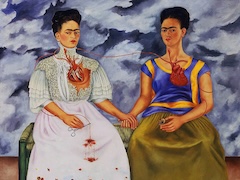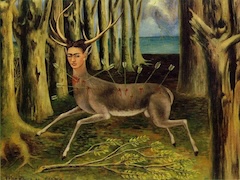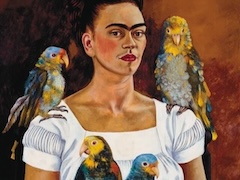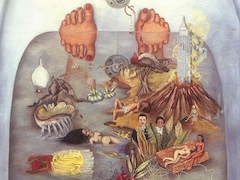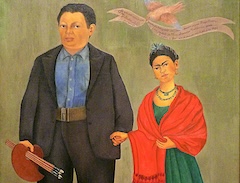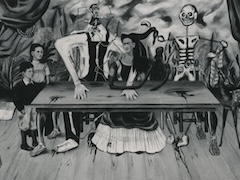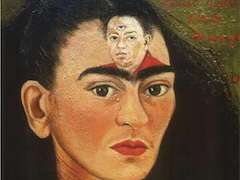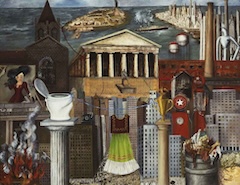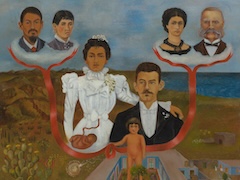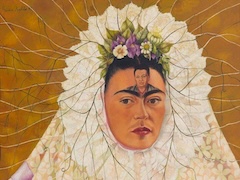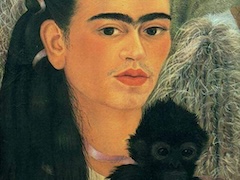Viva la Vida, Watermelons - by Frida Kahlo
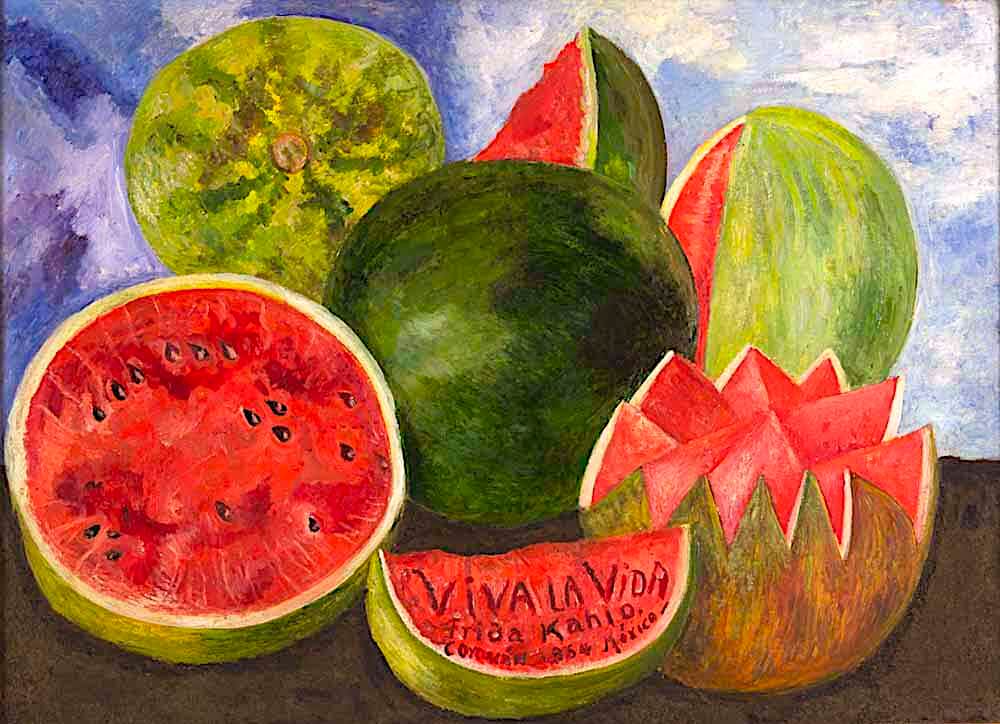
Viva la Vida, Watermelons is the last painting that Frida Kahlo did. A vibrant conclusion to the short life of Frida Kahlo, Viva la Vida, Watermelons features rich color contrasts, curves and angles, and a final message from the artist herself. Kahlo put the finishing touches on her watermelon-themed painting just a few days before her death in 1954.
Frida Kahlo inscribed "Vida la Viva" on the central melon wedge at the bottom of the canvas, which translates as "Long live life", just eight days before she died. This may have been a straightforward statement as she neared death. It may also have been an ironic commentary on her pain-filled existence due to polio, a bus accident, and multiple surgeries.
Watermelons have hard shells that protect the soft flesh inside. When you bite into the flesh, you experience cool, juicy sweetness. At its most elemental, a watermelon could symbolize the artist herself, who had to develop a thick skin to weather a life marked with physical pain, a troubled marriage to artist Diego Rivera and harsh criticism of her art.
However, Kahlo shows in the painting that once her shell is cut open, it reveals an inner life that is vibrant, fresh, and sweet. Also, the many seeds of the watermelons, like those of the pomegranate in Greek mythology, symbolize fertility as well as immortality. Once the fruit is gone, the seeds carry the promise of new life forward into eternity.
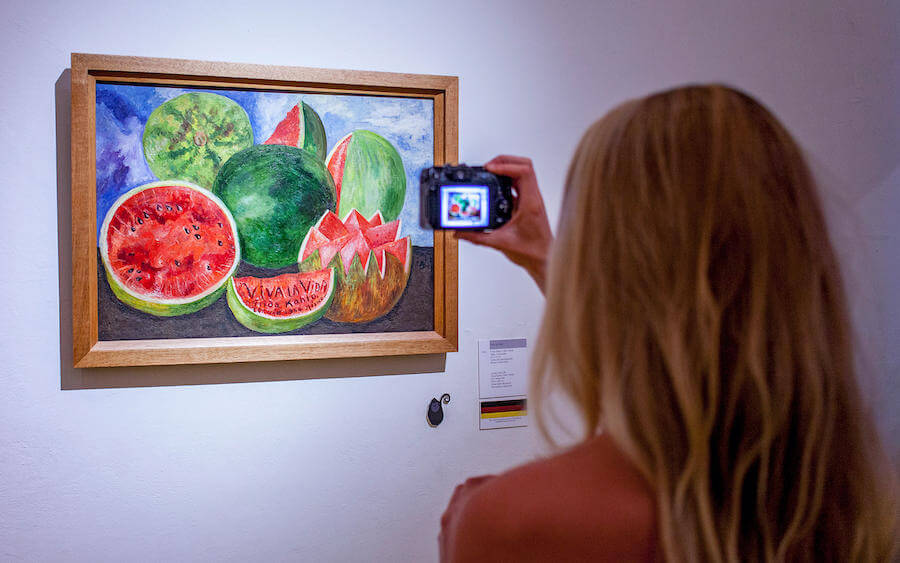
Watermelons also relate to the traditional Mexican Day of the Dead, when relatives imagine their dead feasting on watermelon and other favorite foods. On this day, Mexicans celebrate their dead rather than mourn them. The artist herself echoes this spirit in her statement, "Long live life."
The whole watermelon in the middle of the painting is spherical like the earth. It is a complete circle like the cycle of birth and death. In her diary, just days before her death, Kahlo penned her final entry stating:
I hope the exit is joyful - and I hope never to return."
Viva la Vida, Watermelons is a bright and vibrant celebration of life in both its simplicity of composition and complexity of emotional expression. It is not emblematic of the fear of death, nor is it hopelessly longing for the continuation of her own life. When Kahlo's husband, Rivera, was nearing death three years later, he painted his own watermelon epitaph, perhaps as a testament to their spiritual bond.

